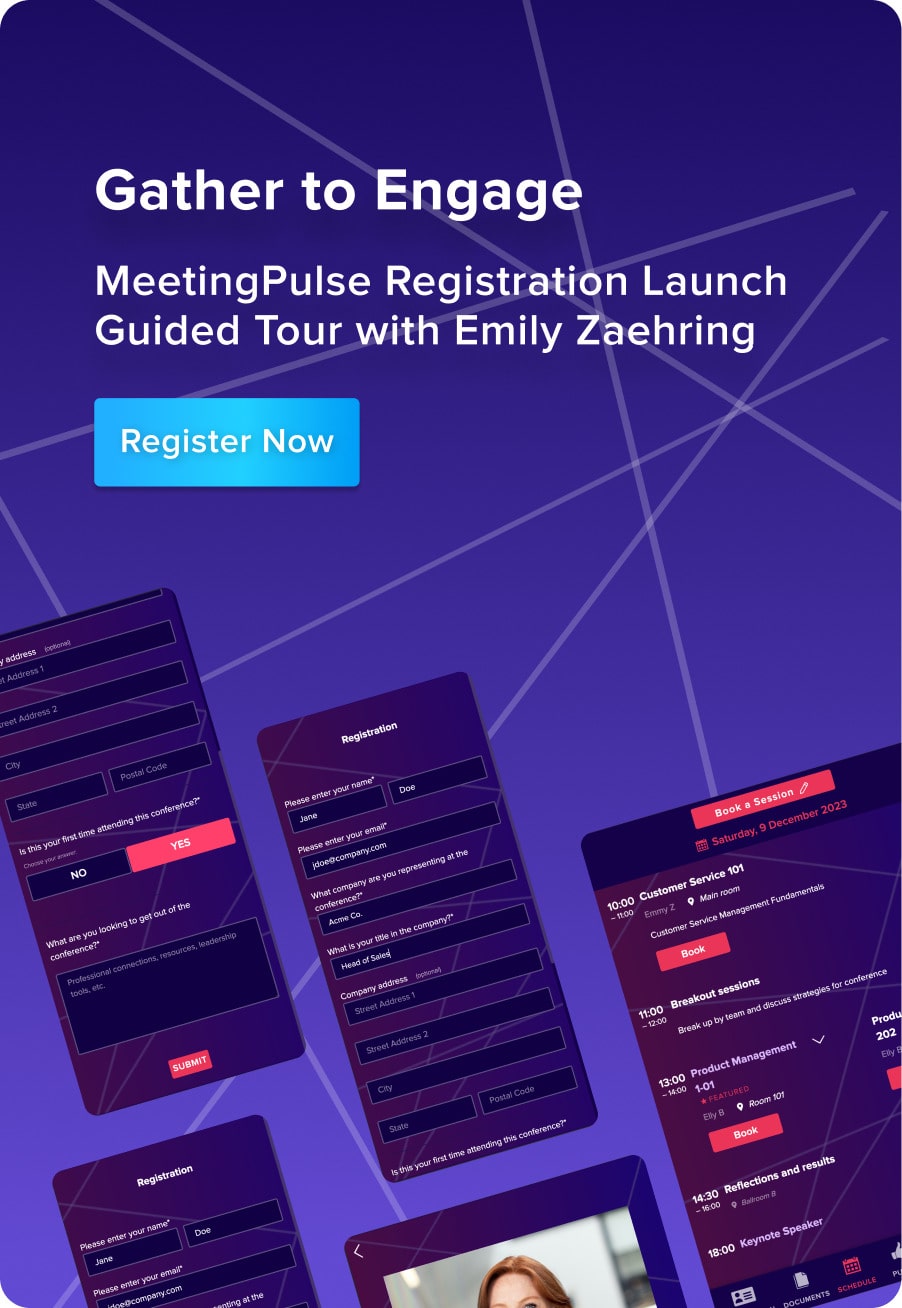User Experience, often referred to as UX, is a hot field right now in the design and tech world. User experience principles, which are tailored to improve the human experience, can be applied to the workplace.
So let’s get our feet wet and talk about this idea of designing experiences in order to improve employee engagement.
What is UX?
First, let’s define UX in a way that’s easy to understand. User experience experts focus on the human side of the products and systems we use every day. Whether it’s a physical object, an application, an event, or an environment, people have an experience whenever they interact with it.
That experience can be quite good — or quite bad. It’s the job of UX experts to continuously improve that experience! It’s as simple as that.
UX Research and UX Design Basics
UX research and UX design are the most common areas of expertise in the field. UX researchers look deeply into the needs of businesses and customers (also called users) in order to determine how to best meet everyone’s needs.
They test out potential solutions and methodically gather data that informs design decisions. UX designers apply this research in order to create better products and experiences for users.
Once designers create a new and supposedly better version of a product, researchers test it out. This cycle continues as long as it needs to . Each time, the product — and thus the user experience — improves.
Together, UX researchers and UX designers follow a methodical process that results in better products — and thus better experiences for everyone.
Applying UX to the Workplace
Just as UX experts can problem solve physical products, they can problem solve events, systems, and experiences. This means that UX experts are in a position to research, test, and design new solutions to improve the workplace experience for business owners and users alike. In this case, the users are the employees and the stakeholders.
Perhaps this seems like an unusual application for UX, but it’s not much different from testing out and problem solving a product. In essence, anything that has been designed — anything that has structure and culture — can be improved via the UX process.
A Basic UX Process for the Workplace
UX is a deep topic, but there are a few practices you can adopt that will improve your business. Alternatively, you can hire an expert UX or organizational development team to tackle your business as a design challenge.
- Ask questions! Conduct Interviews! Send out surveys! Find out how C-level executives experience the business. What are their pain points? What are their hopes? Talk to the employees at all levels.What do they feel is getting in the way of their productivity or success? How do they feel about their benefits, their work atmosphere, their social interactions at work?
Start out by methodically asking for feedback from everyone involved, whether it’s via conversation, survey, or Q&A sessions. Observation is also a powerful tool. Spend some time watching how people interact in different spaces at different times. Do you notice particular problems or successes among teammates?
And lastly, include your customers. Your customers may have valuable feedback – from the outside – that sheds light on internal challenges. Overall, if you don’t know how people are experiencing the business, you can’t know how to make that experience better.
- Make a list of top priorities to problem solve. Based on the feedback you received in your interviews or surveys, make a list – or multiple lists – that describe the things that came up the most.Make a list of the things team members hope to see in the future of the business. Likewise, make a list of the most commonly criticized things that are getting in the way of more positive experiences at work.
If ten people were concerned about poor communication or poor lighting, then those are pain points you can begin to research and design around. If everyone hopes that you will be relocating to a bigger building soon — or that the business will add a new department — then that should be a consideration as well.
- Come up with potential solutions. When it comes to a business, changes don’t happen overnight. Think big — and think small. Some changes may take years to complete and others can be made in five minutes.One extremely important part of UX is avoiding assumption. If your team wants a bigger building, why? What is really at the root of the problem? Digging deeper and avoiding quick blanket solutions is a core part of UX.
Some problems can be tested out easily once you find a potential solution. If everyone is having trouble with an application that is being used, for example, consider testing out a new one among a small group of users and see how it goes. If something about the break room is causing tension, move the furniture around or create a new protocol for usage of the space.
When it comes to major strategic or financial decisions, chip away at them over time while keeping tabs on your team’s needs and challenges via research. Never lose sight of the bigger picture and avoid jumping to “easy” solutions too quickly.
- Gather feedback from users. After you have incorporated a few changes, ask everyone how it went. Did it help? Observe the changes in the office and see if some of the pain points that were originally cited seem to be alleviated. And don’t forget the big picture. How is the business doing? Have profits increased? Are sales higher? Have internal interaction patterns changed? Have any unusual anomalies arisen?
After you gather feedback, make a new plan based on your findings.
- Repeat, repeat, repeat. This process can become an integral part of how you do business, especially if you have a designated team. Alternatively, you could go through this cycle a few times and stop… but new pain points will inevitably continue to come up, so ideally, this process should be integrated into your business as a constant over time.
You can bring in contractors from the outside to propose solutions for your business – or you can take some of these steps yourself.
Bottom line, it’s important to understand that workplace culture is a product in itself — and it is a product that can always be improved!
Sure, you can let things happen organically rather than designing better experiences for your employees and customers intentionally, but that’s a risky way to do things. Such an approach can quickly lead to blind spots and business failure.
Bottom Line: UX Improves the Employee Experience
If you want to keep your employees engaged and decrease turnover rates, find out what their hopes are. Find out how you could improve their experience. From C-level executives down to the janitorial staff, everyone plays an important role in keeping a business up-and-running successfully.
Take a good and curious look at everyone who makes everything possible at every level — and do your best to provide better experiences and better solutions for everyone across the board.
At MeetingPulse, we believe in thoughtful leadership, healthy workplace communication, positive employee experiences, and constant improvement of corporate culture.
We provide easy-to-use interactive live feedback tools that support healthy communication for employees and administration alike.
If you want to know more about your employees’ thoughts and preferences so that you can design a better workplace experience, consider trying the trial version of our browser-based audience response system.
We provide real-time survey and polling software for any device, so users never need to download an app.
Contact us for more information about our audience response system or click on “Keep Me Posted” on our blog page to receive blog updates and our free ebook.






